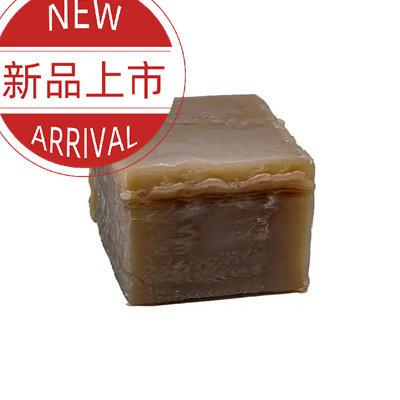HNBR, or hydrogenated nitrile butadiene rubber, is a popular material for making synchronization belts. These belts are used in a wide range of applications, including automotive engines, industrial machinery, and even some consumer electronics.
One of the key benefits of using HNBR for synchronization belts is its excellent thermal resistance. This means that the belts can operate at high temperatures without losing their elasticity or strength. This makes them ideal for use in demanding industrial environments where heat is a constant challenge.
In addition to their thermal resistance, HNBR synchronization belts also offer excellent resistance to chemicals, oils, and other fluids. This makes them a reliable choice for applications where exposure to these substances is common.
Another benefit of using HNBR for synchronization belts is its durability. This material is highly resistant to wear and tear, which means that the belts can last for a long time with minimal maintenance. This makes them a cost-effective solution for businesses and industrial operations that rely on synchronization belts for their day-to-day operations.
Furthermore, HNBR synchronization belts are easy to manufacture and customize. Manufacturers can tailor the belts to meet specific application requirements, including size, shape, and strength. This flexibility makes it easy to integrate synchronization belts into a wide range of systems and machinery.
In conclusion, HNBR is an excellent choice for making synchronization belts. Its thermal resistance, chemical resistance, durability, and flexibility make it an ideal material for demanding industrial applications. By using HNBR synchronization belts, businesses can ensure reliable and efficient operation over the long-term, without the need for frequent maintenance or replacement.
Hot Tags: hnbr for making synchronization belts, China hnbr for making synchronization belts manufacturers, suppliers, factory, Melt Blown Polypropylene Resin, hdpe thermoplastic, woven non woven geotextile, tio2 white, tpv pp epdm, tio2 food additive





